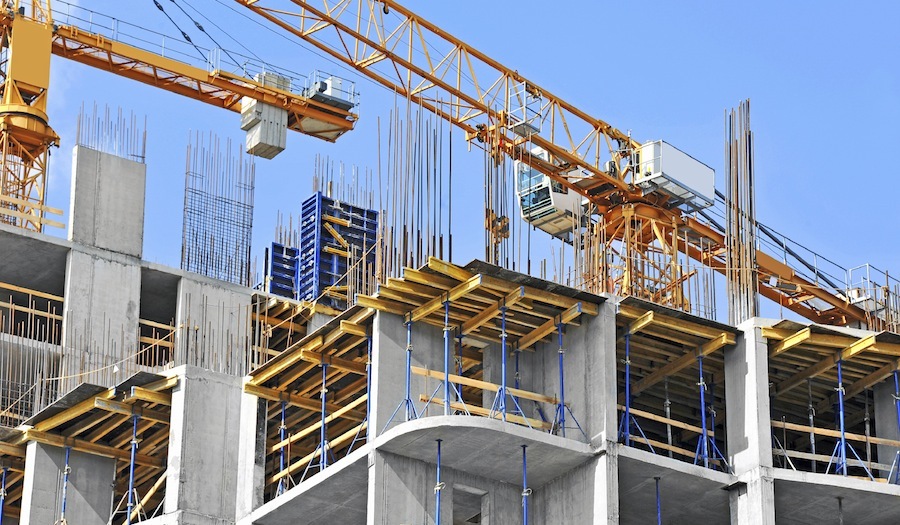Internal communication problems are an unfortunate reality for most companies, and can cause a lot of job dissatisfaction. In the construction sector, where a large number of employees either work far from the central office or frequently travel between offices and jobsites, ensuring the efficiency of internal communication is especially challenging. This is all changing though thanks to new construction apps that improve communication on the jobsite.
Miscommunication between teams leads to misalignment. A lack of clarity on how to deal with issues leads to delays and can also negatively affect employee morale. An employee who does not know the current goals of the project, may not bring the expected results simply because they do not know how their role relates to overall project success.
Learn to recognize the signs that you need to pay more attention to. Read on to learn about the most common internal communication problems in construction companies, as well as solutions to these difficulties.
Construction companies normally have several departments, each with a specific audience, with a certain level of education, culture, experience and business acumen. A common mistake made when making internal communications is to talk to all these people in the same way.
The values and goals of a company must be consistently communicated and directed towards its many audiences. But this does not necessarily mean that these messages must be transmitted with the same words and channels to all employees, customers and suppliers. It is essential to know the profile of the professionals in each department and to know the most efficient channels and types of language that should be used.
In the construction industry, for example, much of the information available on the company intranet won’t reach jobsite employees if they do not have access to a computer. In such cases, tablets, cell phones, and radio are usually the most appropriate communication devices, and should be planned appropriately into the company’s communication strategy. Communication through these channels also tends to be more informal and simple than what is used in emails or briefings.
Lack of efficiency when sending the message
When the language is more comprehensive, the way the message is transmitted also has to be well thought out to avoid communication gaps. If it’s the case that not every employee in the company has easy access to email, then an email newsletter would not be the best form of mass communication.
For these cases, a printed corporate newspaper may be more appropriate. A corporate TV with content displayed in cafeterias or radio transmissions can be good choices for construction companies.
Decentralization of Information
This is perhaps the most common internal communication problem between companies of all types. When a certain order is sent from the responsible engineer in the office to the workers on the jobsite, the accuracy of the information may end up getting lost along the way, which can lead to delays and disagreements.
Not to mention the countless phone calls and text messages. With an official and centralized channel, the information and guidelines are available in one place, which becomes the go-to place for consultation. Choosing the best channel for each company should be made after doing a study and creating a strategic internal communication plan.
Lack of Dialog
Communication is a two-way street. Just as companies need to know how to report well, they need to be even better listeners. And this is not just about interviewing or talking to people – which is fundamental – but about “listening” even when no one says anything. Observing the environment and understanding through the actions of each collaborator can reveal the atmosphere at the company and how information is being received.
What are you doing to improve internal communication at your company? Do you have any other questions or suggestions? Leave a comment and join in the discussion.


